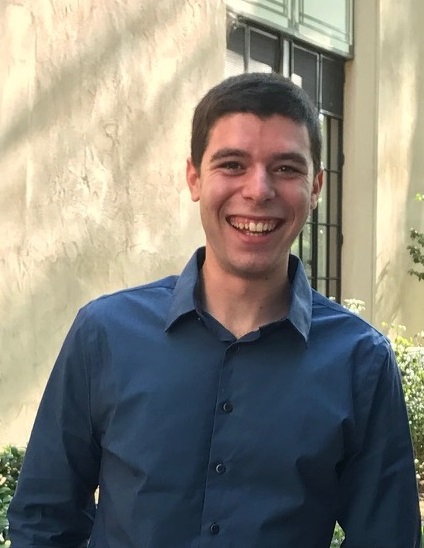Michael Marshall
California Institute of Technology
Advances in materials and structures are enabling the development of large, ultralight spacecraft that leverage aggressive new structural concepts characterized by extremely low areal mass densities. These aggressive new structural concepts are enabling the realization of innovative new mission concepts, like solar sails and space solar power satellites. However, these ultralight, extremely flexible spacecraft are characterized by uncertain structural properties and non-negligible couplings between their structural, attitude, and orbital dynamics. Uncertainties often arise due to difficulties in measuring the properties of ultralight spacecraft structures in the presence of gravity prior to launch. These uncertainties then lead to uncertain structural, attitude, and orbital dynamics that necessitate the implementation of robust control systems to fully realize new mission architectures.
My research encompasses the development of an optimization framework for designing robust smart structures with integrated actuation systems to counteract flexibility effects and negate control-structure interactions (CSI) in attitude control systems for ultralight, extremely flexible spacecraft. Rather than designing stiffer and heavier structures, it aims to use feedback control to improve performance and decrease the mass of ultralight spacecraft structures. Traditionally, these smart structures employed distributed strain actuators, like piezoelectric actuators, for structural control. However, recent advances in the design of smart civil engineering structures have highlighted the benefits of kinematic actuation systems for structural control. Kinematic actuators dynamically manipulate the boundary conditions of a structure to achieve a desired structural response. As a result, the distinguishing feature of my research is that its focus is on developing an integrated framework for designing smart structures with combinations of distributed actuators, like piezoelectrics, and kinematic actuators to achieve robust structural control.



























